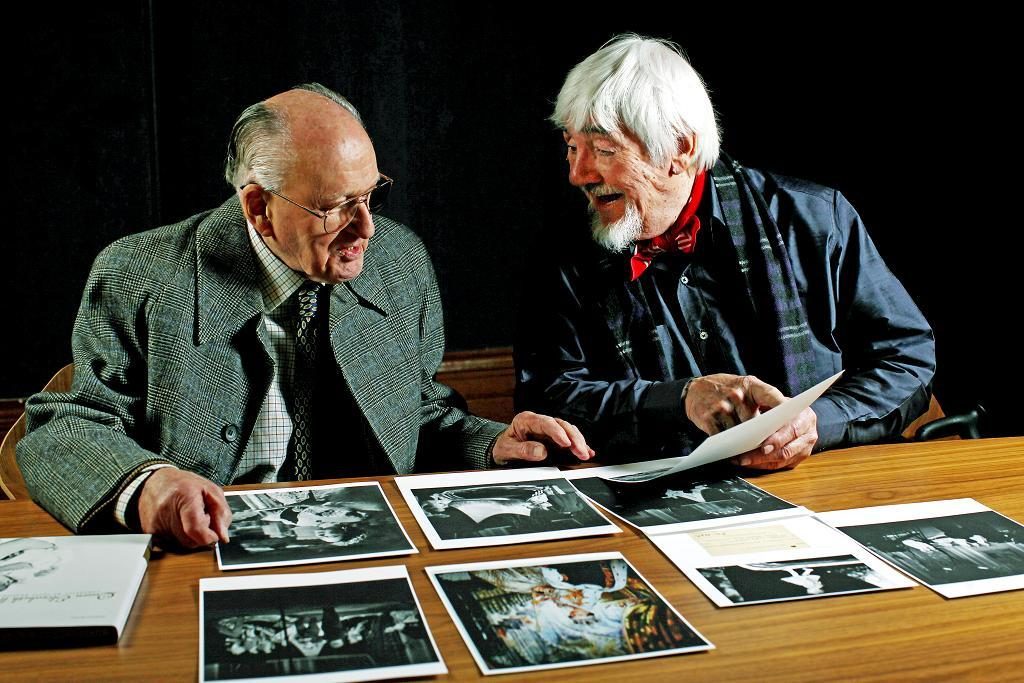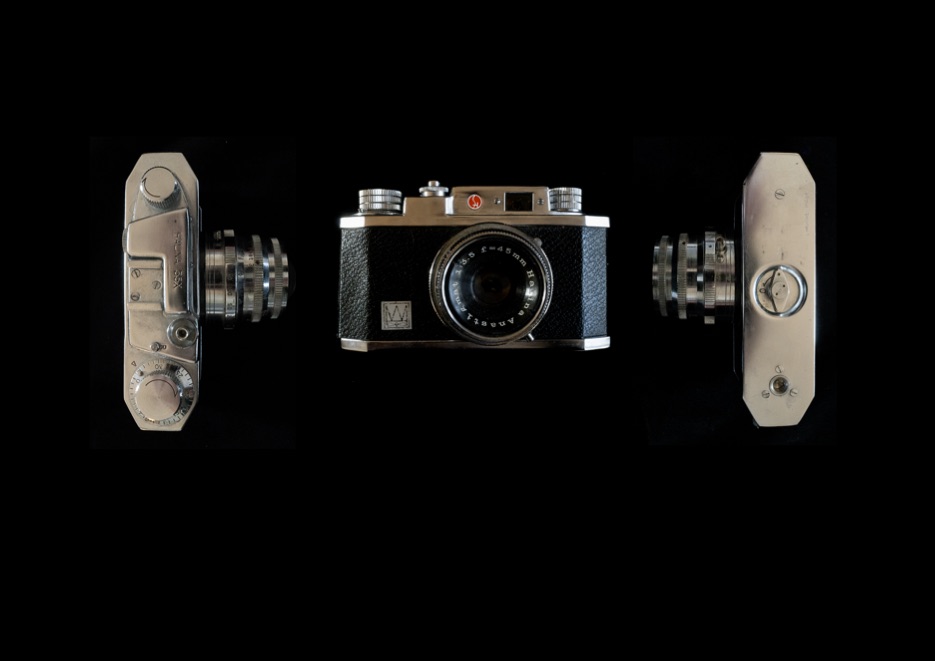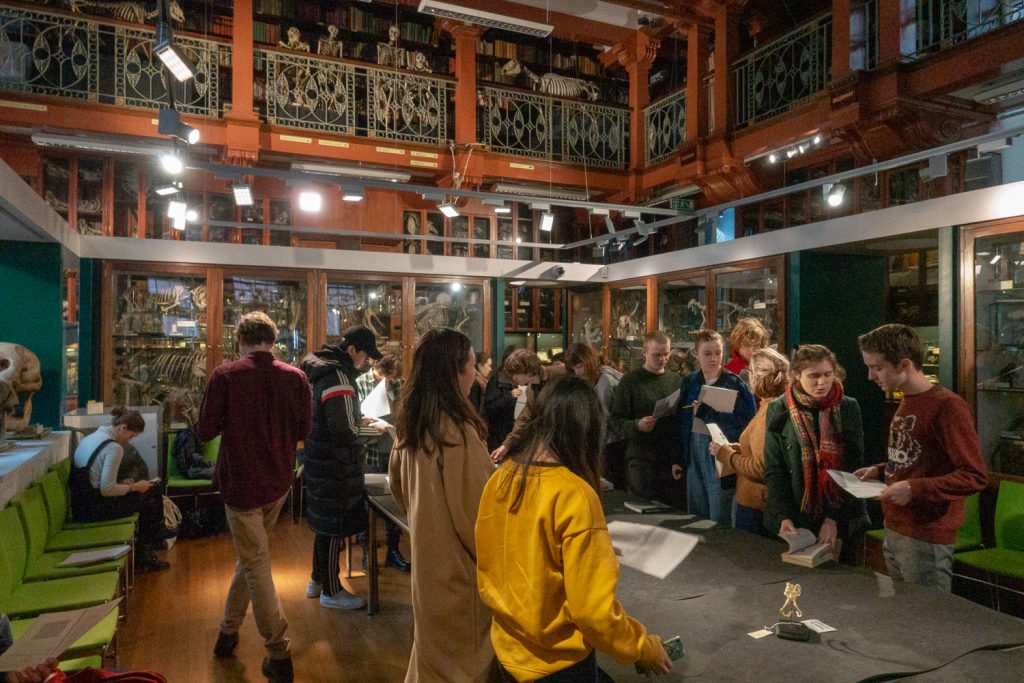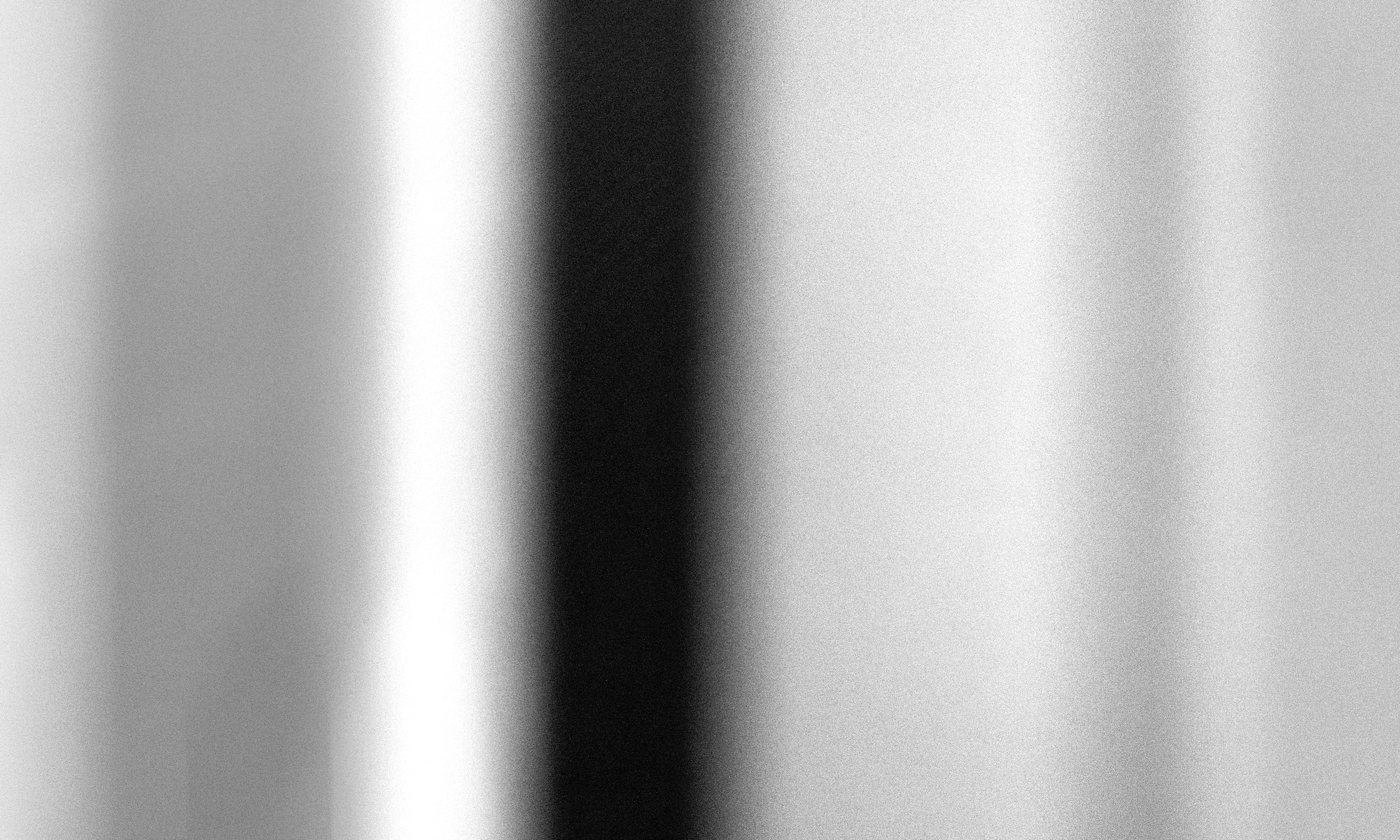Reading Bourdieu is tough at the best of times, not just because of the (deliberate) obscurity of the language and conceptual density, but also the severity and sharpness of the sociological focus. In looking specifically at photography, Bourdieu and colleagues treat it as a set of arbitrary practices which contribute in some way, as do all other social and cultural practices, to the production and reproduction of social relations (through the creation and reinforcement of distinctions along lines of social class, gender, occupation, ethnicity, status and so on). Anyone with a commitment (professional, recreational, artistic, emotional) to photography is going to find this kind of sociological dissection pretty uncomfortable, which might, at least in part, explain why Bourdieu’s (1990: first published in French in 1965) book ‘Photography: A Middle-brow Art’ is so rarely cited in analytical writing on photography (the title hardly helps, of course). Barthes, without naming the work, distances his approach, and interests in photography, from that of Bourdieu in the following way:
‘Each time I would read something about Photography, I would think of some photograph I loved, and this made me furious. Myself, I saw only the referent, the desired object, the beloved body; but an importunate voice (the voice of knowledge, of scientia) then adjured me, in a severe tone: “Get back to Photography. What you are seeing here and what makes you suffer belongs to the category ‘Amateur Photographs,’ dealt with by a team of sociologists; nothing but the trace of a social protocol of integration, intended to reassert the Family, etc.” Yet I persisted; another, louder voice urged me to dismiss such sociological commentary; looking at certain photographs, I wanted to be a primitive, without culture. So I went on, not daring to reduce the world’s countless photographs, any more than to extend several of mine to Photography: in short, I found myself at an impasse and, so to speak, “scientifically” alone and disarmed’. (Barthes, 1981: 7)
Bourdieu’s extensive empirical investigation of the use of photography (including surveys and interviews relating to everyday, amateur, artistic and professional uses of photography), carried out in the 1960s, might seem dated (with the growth of digital technology, and particularly the pervasive the use of phones to make photographs and disseminate images through social media). Much is made of camera ownership, which now seems to have a very different social and cultural significance. This is not the place, or time, to delve deep into this work, but there are a couple of points raised by Bourdieu and colleagues (who include Luc Boltanski, brother of photographic artist, Christian Boltanski) that warrant some attention in relation to my own project and trajectory.
Fundamental to the work is the assertion that photographic practice is ‘an index and an instrument of integration’ (p.19). Bourdieu documents and dissects the use of photography within the family, including ceremonial uses and as part of the circuit of gifts in the form of images, for instance in weddings, in reinforcing a sense of collective life and an integrated family group. This places the ‘enthusiast’, the person with an intrinsic interest in photography, outside ‘normal’ practice. For Bourdieu, in their interest in photography per se (as an aesthetic and/or technical practice), these ‘devotees’ and ‘fanatics’ (p.44) break with the norms of family photography, and are thus more weakly integrated, or even alienated, from the family. It is both an expression and a reinforcement of weak integration; it is also, from the analysis of Bourdieu’s empirical data, clearly gendered (there is a much higher proportion of male enthusiasts). This is clearly worth revisiting, in the light of both changing technology and associated social practices, and a renewed interest in family photography as a form of artistic practice (see, for instance, Howarth and McLaren, 2016). My interest here, though, will be confined to the personal and biographic, stemming from reflection on an event from my childhood prompted by reading this work. As I have indicated previously (for instance, in my oral presentations) my emotional attachment to, and active engagement with, photography stems from my early work as a child model, and the time spent in and around photographic studios. My godfather, Ray Harwood, was one of two assistants who worked with Cecil Beaton, including the Coronation photographs in 1953.

Whilst there is a clear class division between artist and technician, this work enabled Ray to go on to work for Conde Nast as a photographer and to set up his own studio. In domestically difficult circumstances, photography for me came to signify the possibility of another life, beyond the family (as did sport, cycling, music and academic achievement). With easy access to film, and using the family Kodak camera (and a kit which included a Diana plastic camera, which I bought with the proceeds from my paper-rounds), I started to take photographs at the age of 10 and learnt to process and print my own work. At the age of 11, a couple of years before my father, thankfully, left home, I part-exchanged the Kodak, without his knowledge, for a camera which allowed greater control of aperture, shutter speed and focus. I still have the camera (a Halina 35X, made in Hong Kong, a copy of the Japanese Ranger 35), though I have never deliberately held on to it or taken care of it, and have never thought (until now) about taking photographs with it. It sits of a shelf by my desk with a number of random books and objects.

I cannot remember how he responded (it would have been physical), nor even if he ever found out (I figure that by that time, he didn’t really care). I have never thought to look at when family photographs ceased. There are certainly none from the point at which he left home (my mother, though she had worked for two professional photographers, had no active interest in taking photographs, though has always enjoyed, until she effectively lost her sight through macular degeneration, and valued images), but I figure that photography (certainly as an integrative family activity) stopped a long time before this. I don’t have any of my own photographs from this period. Certainly, my interest in photography at this time is indicative of my own alienation from the family, and desire to spend as much of my time as possible outside the home. The point here is that, whatever the wider value of Bourdieu’s analysis (in its own right and as part of a greater corpus of sociological theory and research), it has raised a number of questions, and ways of thinking about events and experiences, relating to my own biography and trajectory. Selling the family camera, something that I had not thought about until reading Bourdieu’s work this week, probably had far greater significance than I had ever imagined. Working on the significance of objects and object analysis with the UCL BASc students gives me the opportunity to think further about this, perhaps taking the camera as my object (our lecture next week is on the psycho-social significance of objects, which is apposite).

There are three other thoughts for exploration, two of which are made in footnotes to a chapter on photographic art by Chamboredon (pp. 129-149). Firstly, in comparing the process of production of painting and photography (with the former images requiring time and concerted effort, whether trained or not, whilst the latter can be created instantaneously), he notes that there has not been (and perhaps, could never be, given these differences in production processes) a ‘naive’ photographic artist, in the sense that Rousseau (Le Douanier) was a naive (that is untrained and unsocialised) painter (note 19, p. 201). This, though, is precisely what Anne Geene and Arjan de Nooy have produced in the (imaginary) Universal Photographer, in that they have taken historical segments of everyday (naive) image making, and inserted them into photographic art discourse. There is, of course, through instagram and other social media, now a parallel world of naive art photographers, with instagram ‘image-making stars’ created through the operation of a set of alternative (popular) criteria (or, rather, multiple sets of criteria, which act to produce a differentiated field of ‘stars’). I’ve written a couple of thousand words exploring this further, but will keep that for another day.
The second (note 5, p.201) is the question of the extent to which it is the disappearance of traditional crafts (as common modes of production, in the face of automation and mechanisation) that has facilitated the transformation of craft techniques into artistic media (for instance, pottery, weaving, ironwork). This casts an interesting light on the analogue and material turn in photographic art, and on the possibilities of the development of photographic art in the face of evermore sophisticated everyday image making (and distributing) technology, and AI applications. In other words, the increasing marginalisation of the knowledge, skills and processes of photographic practice creates an increased potential for the development of photographic art. Photography, as a specialised practice, is not superseded, but displaced, and the historical development through successive technological advances is temporally compressed into a repository of resources for contemporary practice (evident in, for instance, the revisiting of Fox Talbot’s techniques by Hiroshi Sugimoto, Naoya Hatakeyama and Cornelia Parker, amongst many others).
The third is an observation, pertinent to my own family history, made by Boltanski and Chamboredon in a chapter on professional photography (pp. 150-173; this presents a pretty bleak picture of photography as a profession, including reflection on the ‘uselessness’ of professional qualifications, pp. 152-3). Here they explore the professional aspirations and trajectories of photographers in relation to social class, and identify the means by which photography offers the potential of ‘upclassing’, particularly for working-class entrants (p.161). Interesting to apply this form of analysis to particular cases, for instance, in fashion photography in the 1960s (in relation to both social class and gender).
References
Barthes, R. 1981. Camera Lucida: Reflections on Photography. Translated by R. Howard. London: Vintage.
Bourdieu, P. 1990. Photography: A Middle-brow Art. Cambridge: Polity Press.
Howarth, S. and McLaren, S. 2016. Family Photography Now. London: Thames and Hudson.
